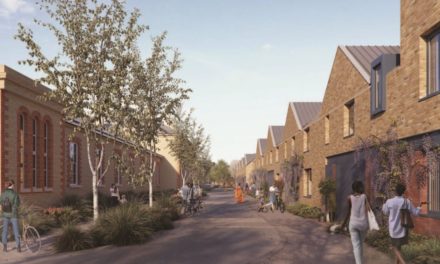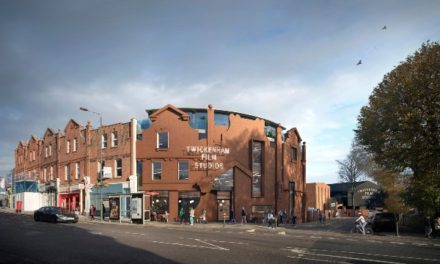A consultation will ask Ealing residents what they think of ambitious new plans aimed at addressing the affordable homes crisis and other housing issues in the borough.
In the coming weeks, Ealing Council will be publishing a draft housing strategy and asking residents and community groups to give their views on it.
The strategy will be further developed using resident and stakeholder views.
The whole of London faces an acute shortage of affordable housing, and the Borough of Ealing is no different. Many households are struggling in the current economic conditions. Private-sector rents have spiralled and many landlords have left the market. Mortgages have become much more expensive. There are more than 7,500 families on the council housing waiting list.
Action is needed to tackle this crisis which blights so many lives.
Councillor Shital Manro, the council’s cabinet member for good growth and new housing, said: “The challenges are huge, but we have set an ambitious target of thousands of new affordable homes by 2026. Since the start of 2022/23, work has started work on more than 1,300 and the council is proud to have one of the strongest track records in London of delivering new homes.
“But we know we need to do more. Plans for housing should not just be about bricks and mortar but also about building great communities where people feel safe, secure, and proud to call their home.
“We know the scale of the issues faced and the importance of getting this right. We believe that our new draft housing strategy sets out bold and innovative plans and we want to hear from our communities to find out what you think”.
There are of course significant financial, legal, and planning constraints over providing new housing and the council does not have direct influence over many homes in the borough.
The changing make-up of the borough’s population, household incomes and availability of different types of homes also all add to the challenge and complexity.
Ealing is London’s third largest borough, with a population of more than 367,000 people, and this is growing faster than in other parts of London and in England as a whole. The number of residents aged 50 or more is increasing significantly.
Although 60 per cent of residents are in some form of paid employment, the average wage is the lowest in west London and lower than in all but three of London’s 32 boroughs. Almost three quarters of wards in the borough fall into the top 20 per cent of deprived wards in the country.
Set against this, the borough- a highly desirable place to live, with outstanding schools and beautiful parks and open spaces – is one of the least affordable places to buy a home in London. Average house prices are at over 16 times household incomes and mortgages have become increasingly expensive.
Home ownership has been declining, whilst the numbers in private-rented homes has grown. The increasing cost of private rents is again a major issue of concern for many residents.
To meet demand, our borough needs almost 28,000 affordable new homes over the next 15 years, and 70 per cent of these should be available at social or affordable rent. In particular, more three or four-bedroom homes are needed for families.
The draft housing strategy identifies 4 priorities for action:
- Increasing the supply of genuinely affordable homes – working with residents and partners to ensure enough of the right types of new homes to meet residents’ needs.
- High quality housing: homes that are healthy, safe, and sustainable – making sure that homes benefit the health and wellbeing of our residents.
- Supporting people to live well in the community – working with partners to prevent homelessness and rough sleeping and providing housing choices for our ageing population to live independently.
- Promoting resilience, inclusion and fighting inequality – addressing housing inequalities through targeted initiatives, improving resident engagement, and ensuring the accessibility of our services for all.
Councillor Peter Mason, the leader of Ealing Council, said: “Working with local residents is essential if we are to make the borough a fairer place to live. Our new approach to housing builds on the council’s pledge to be open, transparent and inclusive, and to make sure that local people are at the centre of decisions taken. We know that when it comes to building new homes, one size does not fit all, so we are adapting our approach so that we can respond to the different housing needs of each of the borough’s seven towns.”
© London West (powered by ukpropertyforums.com).
Sign up to receive our weekly free journal, The Forum here.















